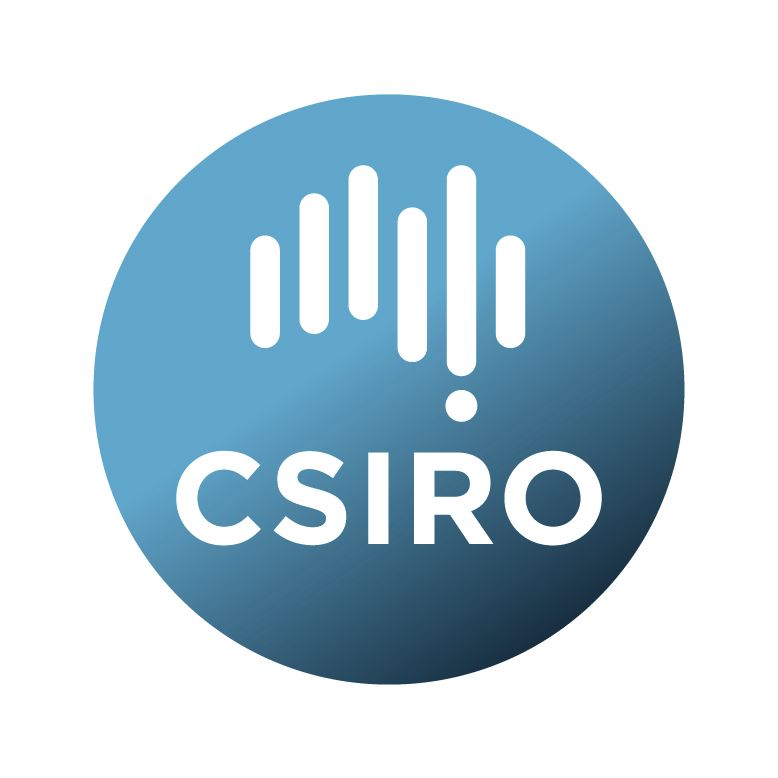Brief description
This collection comprises two components. These are spatial projections of the estimated patterns in species richness for two subterranean faunal groups, across the Pilbara region of Australia: (1) stygofauna; (2) troglofauna. These spatial layers were created as part of a collaborative research project between CSIRO and BHP to improve our understanding of diversity patterns of subterranean fauna in he Pilbara region.Lineage: The derivation of these two spatial layers is described in detail in:
Mokany, K., Harwood, Halse, S.A., Ferrier, S. (2019) Riddles in the dark: Assessing diversity patterns for cryptic subterranean fauna of the Pilbara. Diversity and Distributions 25: 240-254 [doi.org/10.1111/ddi.12852].
In summary, community survey data for both troglofauna and stygofauna in the Pilbara region were collated, then community diversity modelled as a function of a number of spatial environmental predictors. These models of diversity were then projected spatially across the entire Pilbara bioregion.
The spatial layers provided here are the predicted total number of species within each grid cell (1 second resolution) for both troglofauna and stygofauna. These spatial layers are in Transverse Mercator projection, based on Map Grid of Australia 1994, Zone 50 (EPSG:28350).
Available: 2019-09-04
Data time period: 2015-07-01 to 2017-12-31
Subjects
Biological Sciences |
Community Ecology (Excl. Invasive Species Ecology) |
Conservation and Biodiversity |
Environmental Sciences |
Ecology |
Environmental Management |
Invertebrate Biology |
Pilbara |
Zoology |
diversity |
species richness |
stygofauna |
subterranean fauna |
troglofauna |
User Contributed Tags
Login to tag this record with meaningful keywords to make it easier to discover
Identifiers
- DOI : 10.25919/5D6F7125DA9F3

- Handle : 102.100.100/187215

- URL : data.csiro.au/collection/csiro:41199



